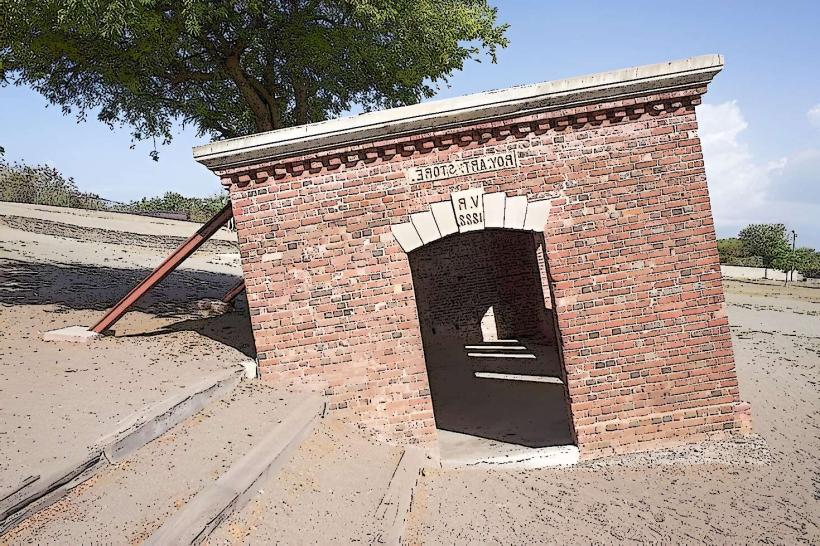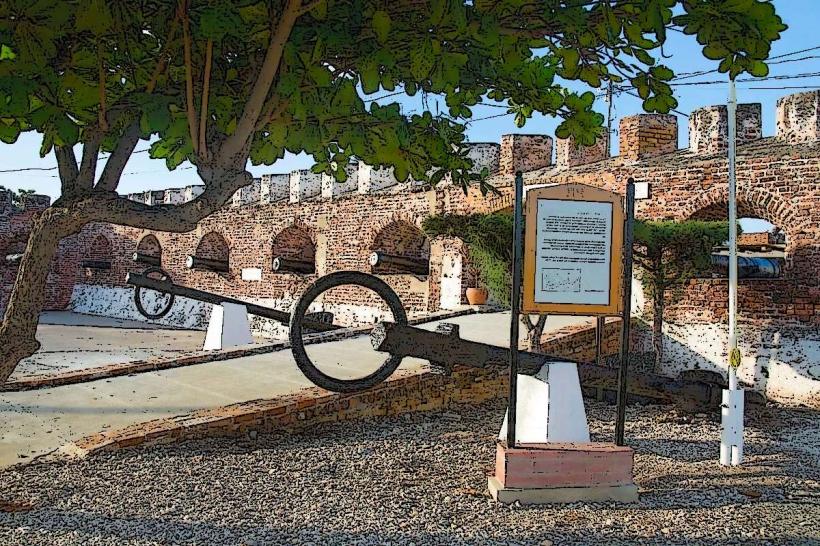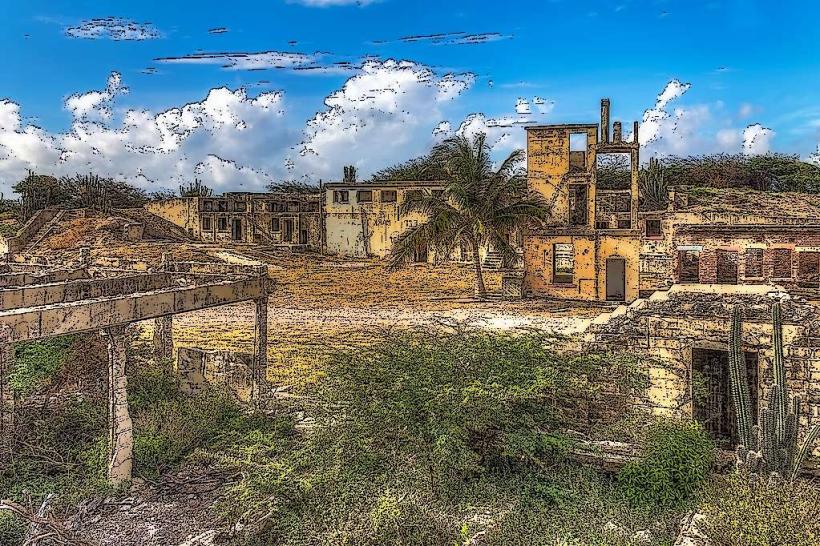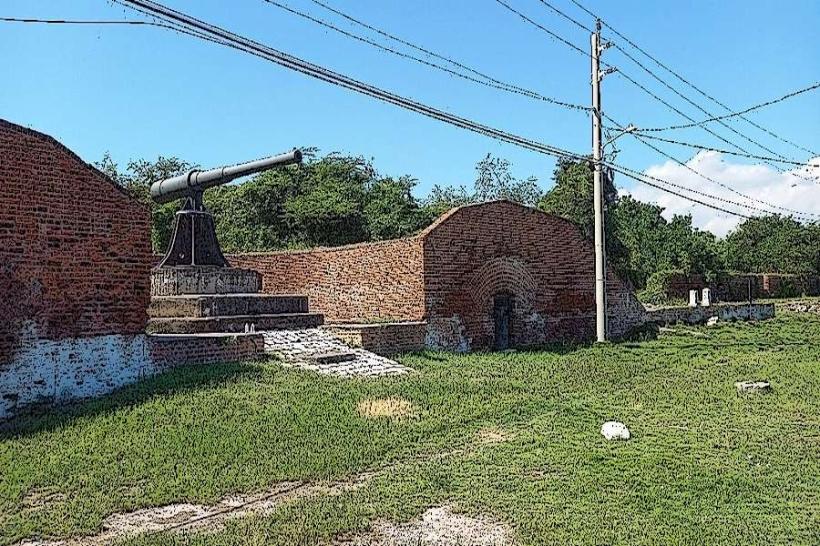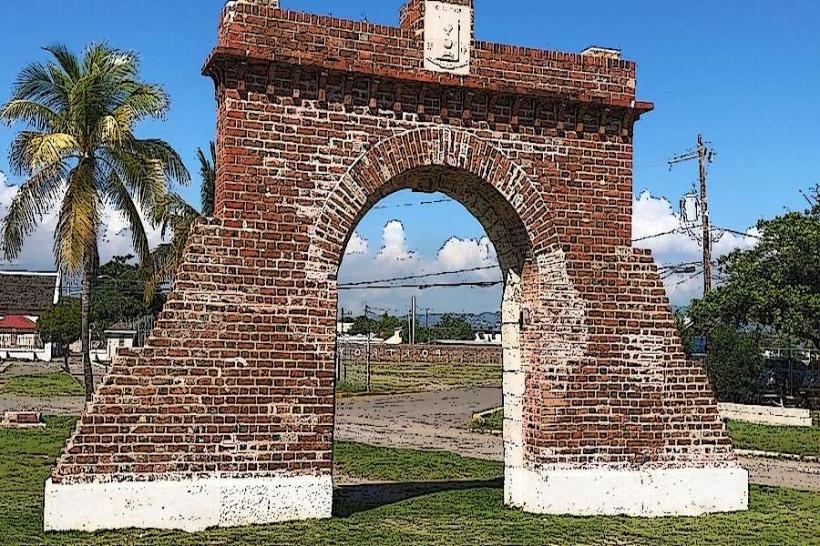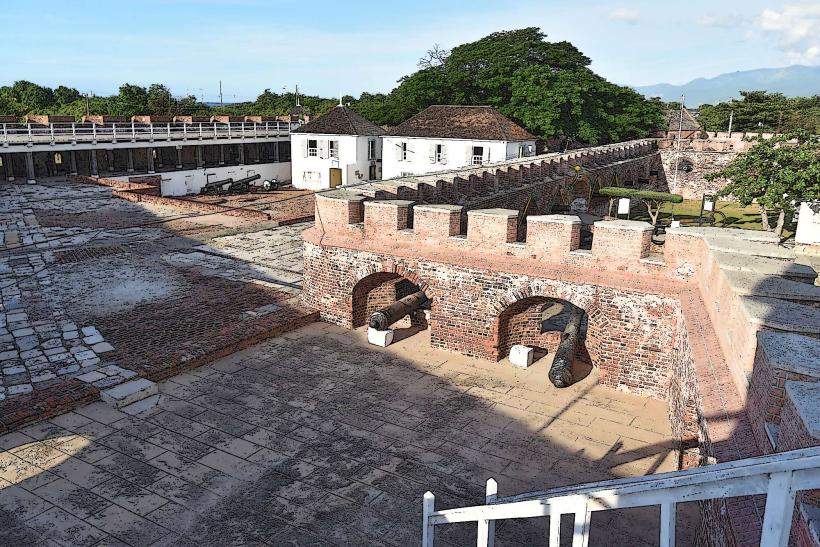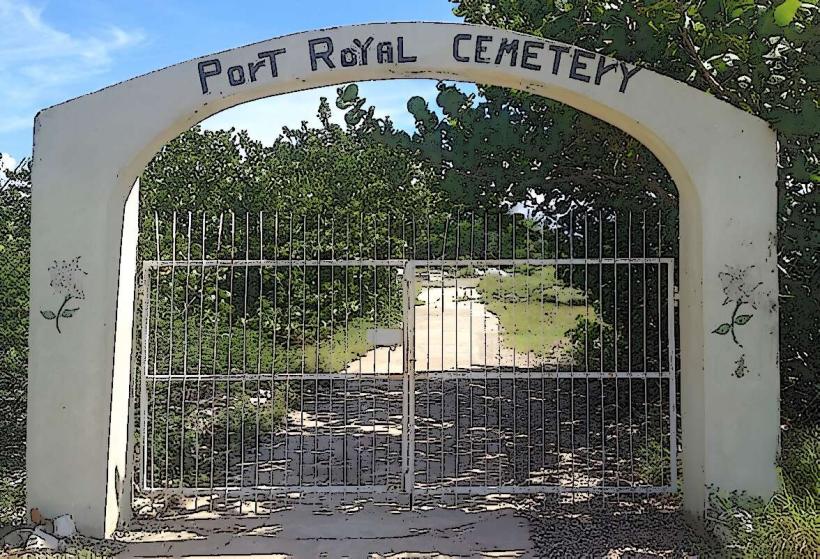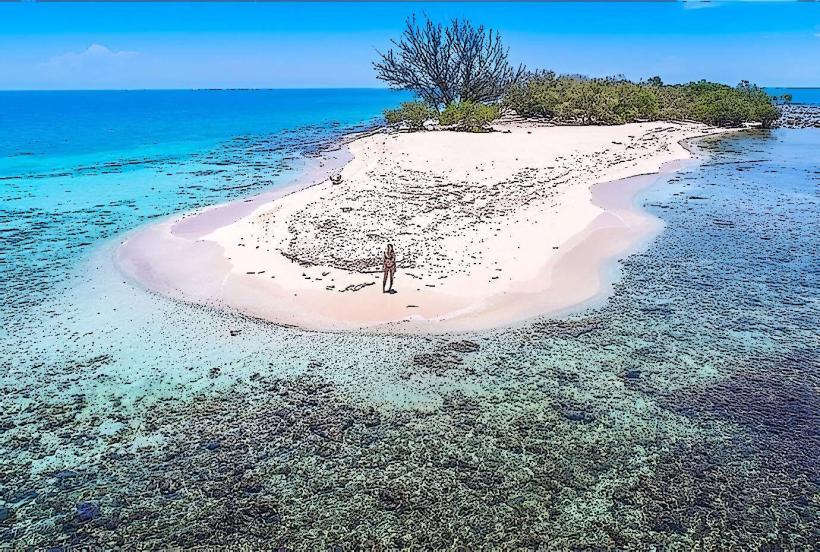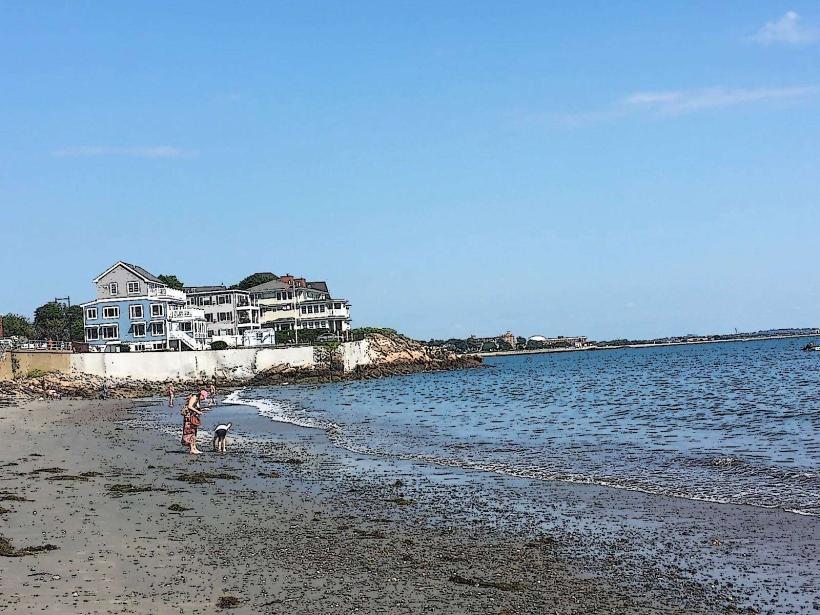Information
Landmark: Fort CharlesCity: Port Royal
Country: Jamaica
Continent: North America
Fort Charles – Port Royal, Jamaica
Fort Charles is the oldest and most significant fort in Port Royal, Jamaica. Built by the British in 1655, it played a crucial role in the defense of the island, especially during Jamaica’s time as a major naval and commercial hub.
Historical Background
Construction and British Takeover (1655–1660s)
- When the British seized Jamaica from the Spanish in 1655, they needed a strong defense to protect the newly acquired colony.
- They built Fort Cromwell, which was later renamed Fort Charles after the restoration of King Charles II in 1660.
- The fort was designed to guard the entrance to Kingston Harbour and defend against Spanish attacks and pirates.
Golden Age of Piracy (Late 17th Century)
- During the late 1600s, Port Royal became known as the "wickedest city on earth", attracting pirates, privateers, and merchants.
- Captain Henry Morgan, the famous privateer-turned-governor of Jamaica, used Fort Charles as his base of operations.
- The fort protected the wealthy and lawless city, which was a major trading hub for the Caribbean and Atlantic world.
1692 Earthquake and Reconstruction
- On June 7, 1692, a massive earthquake struck Port Royal, submerging most of the city into the sea.
- Fort Charles survived, though it suffered damage and land displacement.
- Engineers reinforced and rebuilt sections of the fort, making it stronger and more durable.
18th–19th Century Military Role
- As Jamaica became a strategic British colony, Fort Charles continued to be a naval base.
- It was upgraded with additional cannons, barracks, and defenses to guard against French and Spanish threats.
- British naval ships frequently docked at Port Royal, making it a key station in Caribbean maritime defense.
Architectural Features
Fort Structure
- Fort Charles is shaped like a polygon, allowing for multiple cannon placements along the walls.
- It is made of brick and stone, designed to withstand enemy fire and natural disasters.
- Massive cannons line the fort, once used to defend the entrance of Kingston Harbour.
The Giddy House
- One of the most famous attractions within Fort Charles is the Giddy House, an artillery storage building.
- After the 1907 earthquake, the building partially sank into the ground, tilting at an angle.
- Visitors often feel dizzy ("giddy") when walking inside due to its unusual slant.
Other Features
- The Officers' Quarters, where British commanders once stayed.
- Underground storage rooms, used for keeping gunpowder and supplies.
- Historical artifacts, including old weapons, maps, and naval equipment, are on display.
Cultural and Historical Significance
- Fort Charles is a symbol of British colonial power and Jamaica’s naval heritage.
- It has been well-preserved and is now a popular historical site and museum.
- The fort provides insight into Jamaica’s military, piracy, and maritime history.
- It remains a major attraction for tourists, historians, and educators.
Current Status
- Fort Charles is open to visitors, offering guided tours and exhibits.
- Restoration efforts have kept the fort well-maintained, allowing people to explore its cannons, walls, and historic rooms.
- The Jamaican government and heritage organizations continue to preserve it as a national treasure.
Legacy
Fort Charles is a testament to Jamaica’s strategic importance in the Caribbean. From defending against enemy invasions to housing legendary privateers, it remains one of Jamaica’s most historic and fascinating landmarks.

